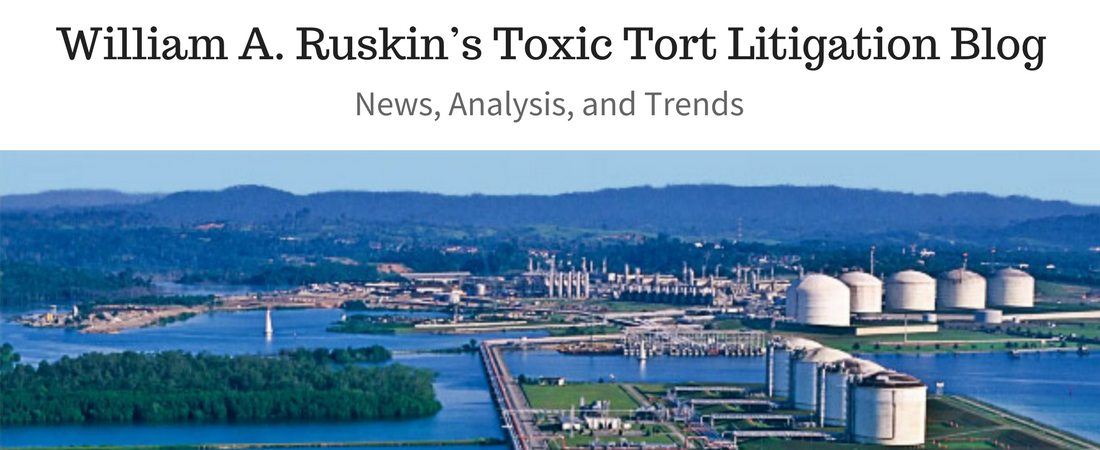Why The Long Island Sound Watershed Requires Protection
There is the Long Island Sound and then there is the Long Island Sound Watershed. Before you can effectively  protect Long Island Sound from environmental contamination, it is necessary to understand the Long Island Sound Watershed and its strategic role in maintaining the water quality in Long Island Sound.
protect Long Island Sound from environmental contamination, it is necessary to understand the Long Island Sound Watershed and its strategic role in maintaining the water quality in Long Island Sound.
We are all familiar with Long Island Sound. With some 600 miles of coastline, the Sound covers over 1,320 square miles. The Sound is an estuary, a body of water where fresh water from rivers draining from the land mixes with salt water from the Atlantic Ocean. The Sound’s coastline includes more than 60 bays, with beaches and harbors where people interact with the Sound on a daily basis. It provides enormous economic benefits to the region.
The Long Island Sound Watershed, although less understood, stretches from Quebec, Canada to Long Island, New York and encompasses 17,814 square miles throughout parts of Connecticut, Massachusetts, New Hampshire, New York, Rhode Island and Vermont. Over eight million people reside in the watershed and many millions more in areas surrounding the watershed. The quality of the water in the Sound is dependent on the quality of the water that flows into the Sound from this vast watershed. Unless coordinated efforts are taken at the state and federal level throughout the watershed to address nonpoint source pollution and the steady conversion of agricultural and forested lands to urban use areas, the water quality of the Sound will be imperiled.
This article will examine some of the environmental issues confronting the Sound. Further, it proposes that creating a private funding source for the Sound would provide for a public/private partnership that could leverage local, state and federal funds and provide for key watershed initiatives that could be undertaken regionally.
 In July 2018, the United States Government Accountability Office published its report to the House of Representatives’ Committee on Transportation and Infrastructure, titled “Long Island Sound Restoration: Improved Reporting and Cost Estimates Could Help Guide Future Efforts.” The publication estimates that the future costs of Sound restoration will be, at a minimum $18.9 through 2035, but probably more. At the heart of the report is a discussion of the work of the Long Island Sound Study (referred to as “the Study”), federal-state partnership formed in 1985 to restore Long Island Sound. The EPA and officials from Connecticut and New York provide oversight for the Study, which includes federal and state agencies, nonprofits organizations, and other groups.
In July 2018, the United States Government Accountability Office published its report to the House of Representatives’ Committee on Transportation and Infrastructure, titled “Long Island Sound Restoration: Improved Reporting and Cost Estimates Could Help Guide Future Efforts.” The publication estimates that the future costs of Sound restoration will be, at a minimum $18.9 through 2035, but probably more. At the heart of the report is a discussion of the work of the Long Island Sound Study (referred to as “the Study”), federal-state partnership formed in 1985 to restore Long Island Sound. The EPA and officials from Connecticut and New York provide oversight for the Study, which includes federal and state agencies, nonprofits organizations, and other groups.
In its 1994 analysis, titled “Long Island Sound Comprehensive Conservation and Management Plan“, the Study identified six priority problems and recommended goals for each problem: (1) low dissolved oxygen, or hypoxia (2) toxic substances (3) pathogen contamination (4) floatable debris (5) management and conservation of living resources and their habitats  and (6) land use development. The July 2018 GAO report provides an update concerning prior analyses performed.
and (6) land use development. The July 2018 GAO report provides an update concerning prior analyses performed.
What are some of the projects that should be considered for possible public/private partnerships?
- Soil health and nutrient management assistance on agricultural land, including helping farmers with conservation planning that focuses on healthy soils and nutrient management.
- Protecting and enhancing shellfisheries, including the protection of shellfish beds.
- land protection, including farmland preservation and open space funding.
- Urban storm water runoff, including assisting municipalities and homeowners in limiting runoff and installing best management practices to treat storm water runoff.
- Source water protection, including the development of source water protection programs.
- Studying the impacts of climate change on Long Island Sound, including the impact of sea level rise on the aquaculture industry and the Sound’s harbor and marine facilities.

Comments
Why The Long Island Sound Watershed Requires Protection — No Comments
HTML tags allowed in your comment: <a href="" title=""> <abbr title=""> <acronym title=""> <b> <blockquote cite=""> <cite> <code> <del datetime=""> <em> <i> <q cite=""> <s> <strike> <strong>